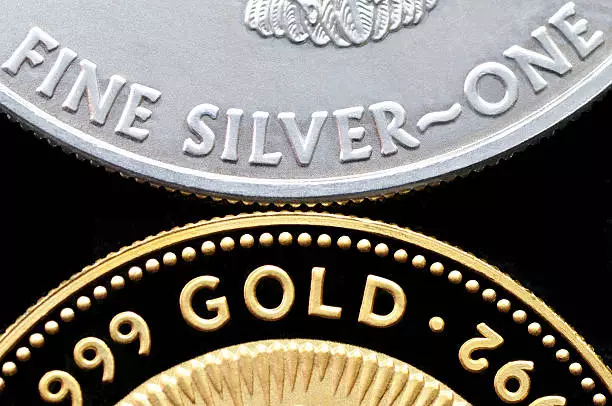In recent days, commodity markets have seen a resurgence in positive territory, with both silver (XAG/USD) and gold (XAU/USD) experiencing gains. The underlying factor behind this surge appears to be mounting concerns around geopolitical tensions in both the Middle East and Asia. News of a potential escalation on the northern border between Lebanon and Israel has reignited safe-haven demand among investors, especially following the U.S. holiday. The threat of a broader conflict not only poses risks to global growth but also has implications for the ongoing fight against inflation.
Recent developments in Asia, particularly involving Russian President Vladimir Putin’s meetings with North Korean and Vietnamese leaders, have added another layer of complexity to the geopolitical landscape. As the G7 attempts to counter China’s influence in the region and support its allies, the potential for heightened tensions and conflicts looms large. These geopolitical uncertainties have contributed to a renewed interest in safe-haven assets such as gold and silver, as investors seek refuge from the growing risks in the global market.
Another factor driving the surge in gold and silver prices is the speculation around potential rate cuts by the Federal Reserve. Weakening retail sales data and other soft economic indicators have fueled expectations for monetary policy easing, which has bolstered the appeal of precious metals as alternative investments. The recent strength in the U.S. dollar, however, poses a challenge to the continued rally in gold and silver prices, raising questions about the sustainability of the current uptrend.
Central banks worldwide have been increasing their gold reserves as a hedge against geopolitical uncertainty and sanctions. According to a report by the World Gold Council, a significant number of central banks plan to boost their gold holdings in the coming year. This trend reflects the growing importance of gold as a safe-haven asset in times of geopolitical instability and economic volatility. The willingness of central banks to diversify their reserves underscores the enduring appeal of gold as a reliable store of value.
In terms of technical analysis, gold prices have shown resilience around the 2300 support level, with the precious metal making steady progress towards the 2350 resistance level. However, the failure to breach the 2350 handle has led to selling pressure in the 2344-2345 region. On the other hand, silver has displayed a more defined trading pattern, bouncing off an ascending trendline and approaching a two-week high. The challenge for silver lies in breaking above a descending trendline, which could dictate its next move towards retesting previous highs or revisiting support levels.
The current surge in gold and silver prices reflects a confluence of geopolitical concerns, speculation about central bank policies, and technical trading patterns. As investors navigate through a volatile market environment, the role of precious metals as safe-haven assets becomes increasingly prominent. Whether these price trends will sustain in the face of geopolitical uncertainties and economic data remains to be seen, but the underlying factors driving gold and silver prices are likely to continue shaping market sentiment in the near future.

